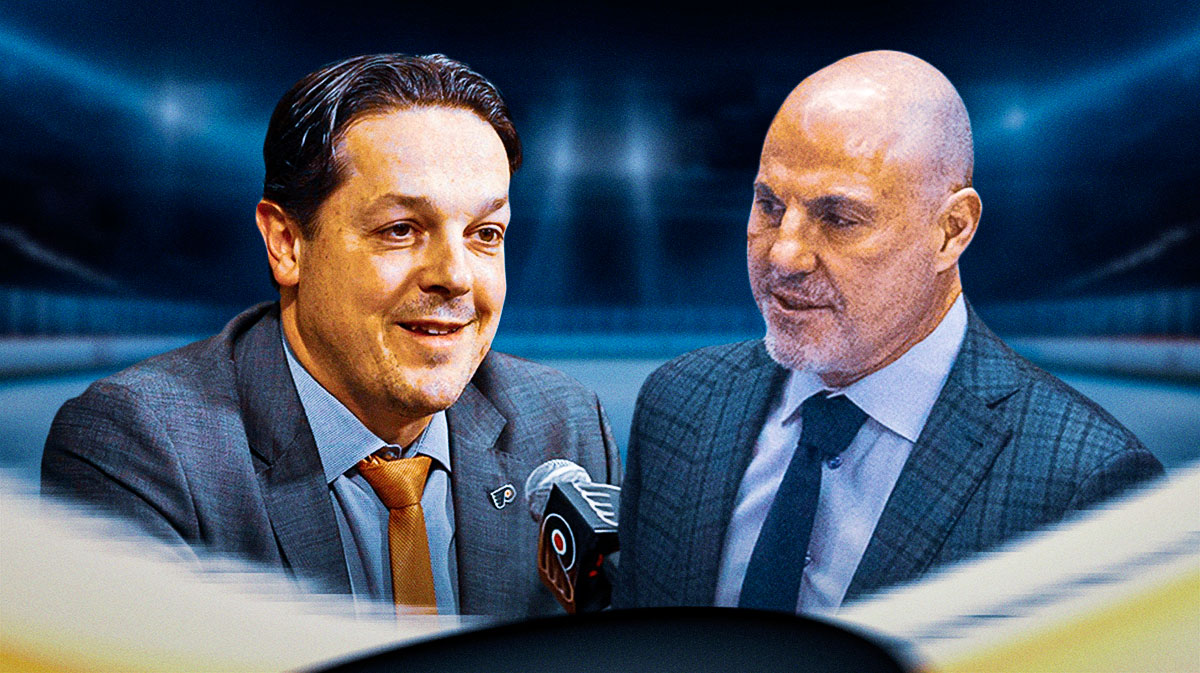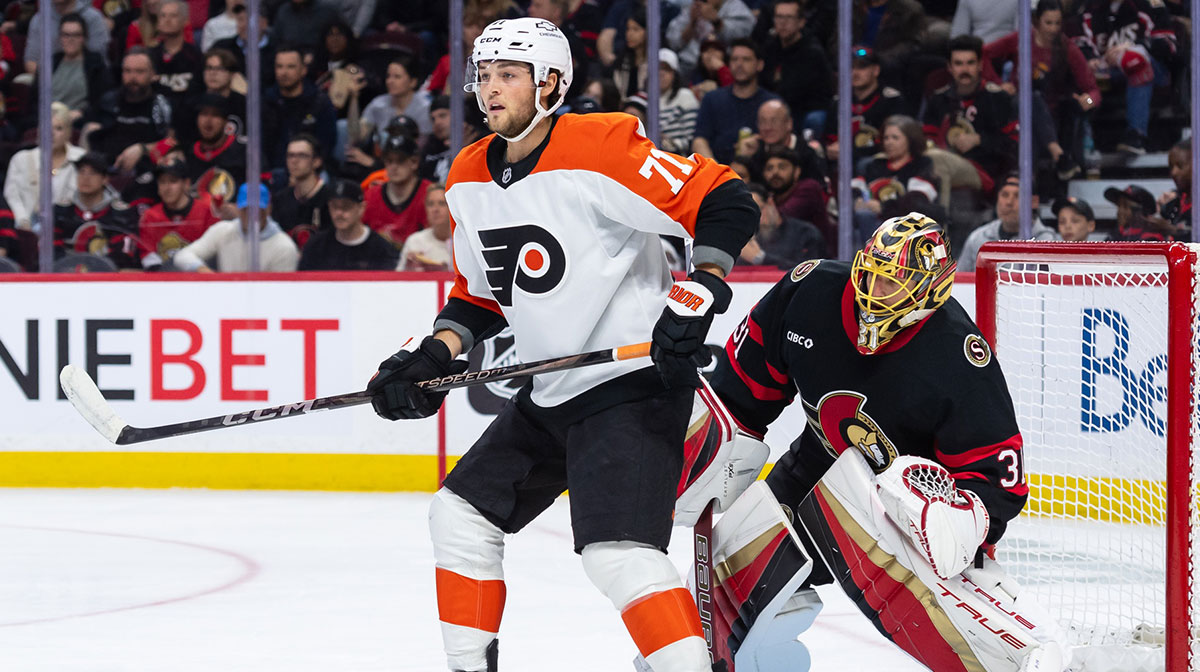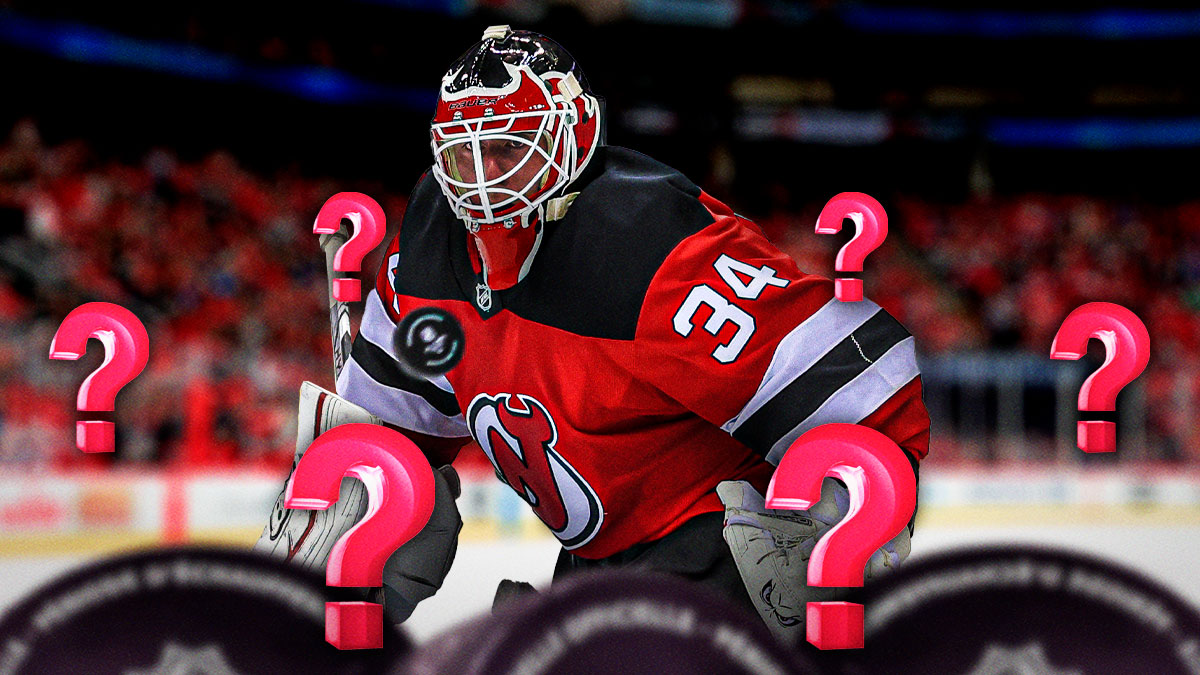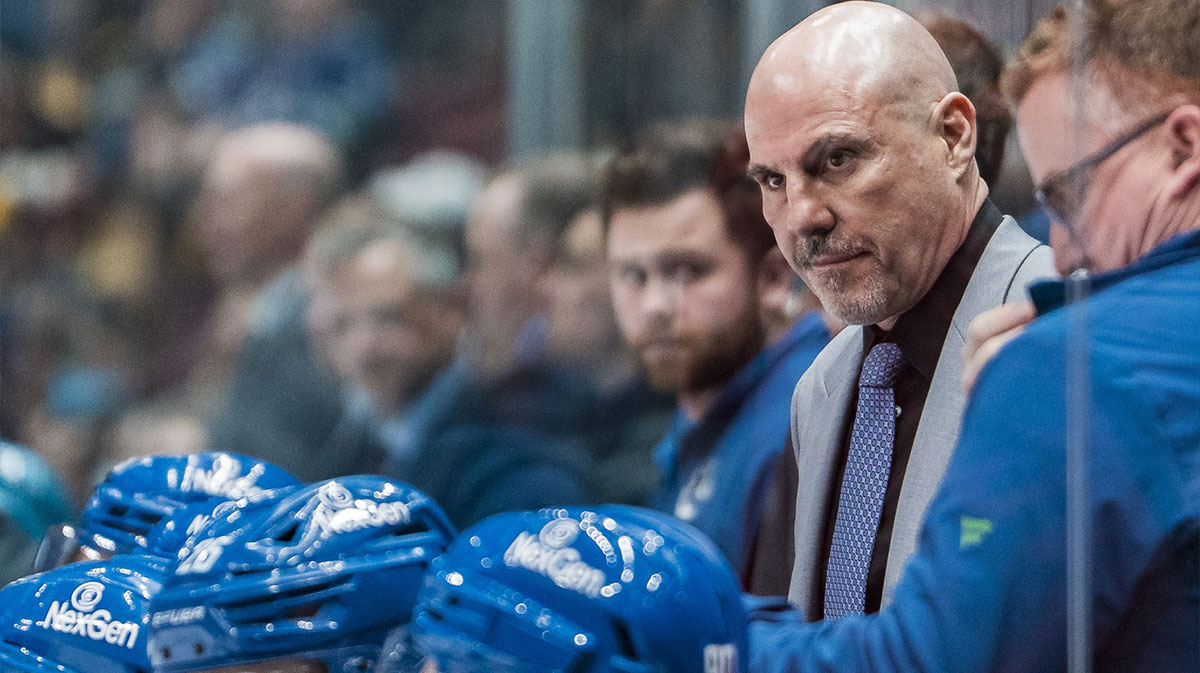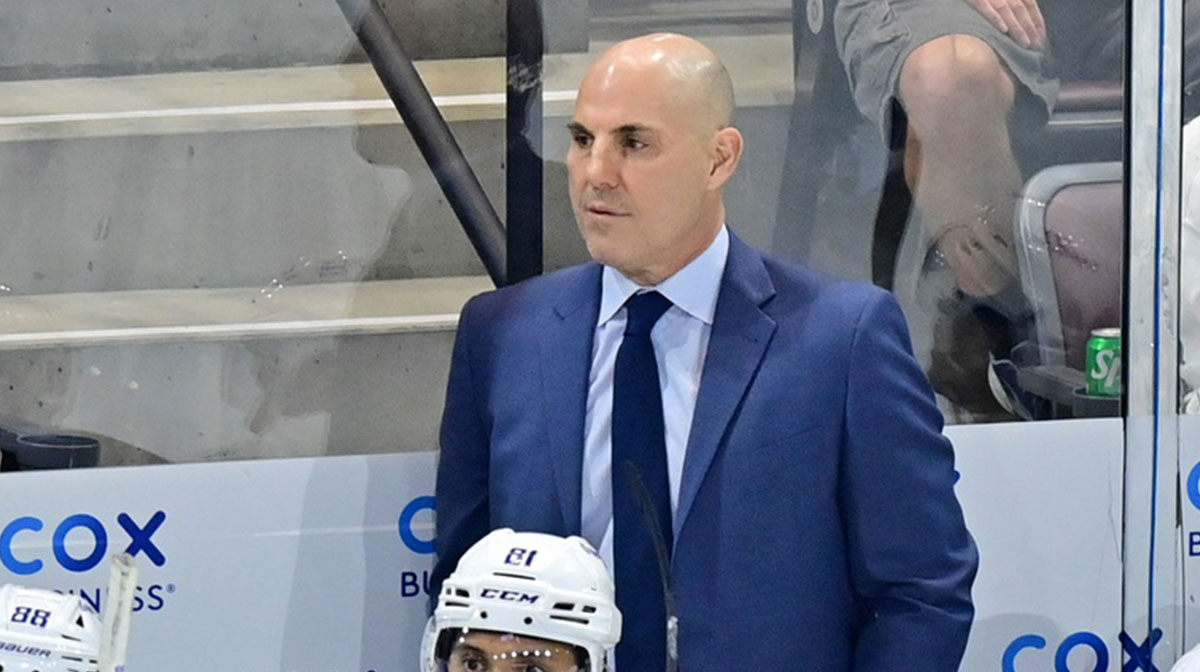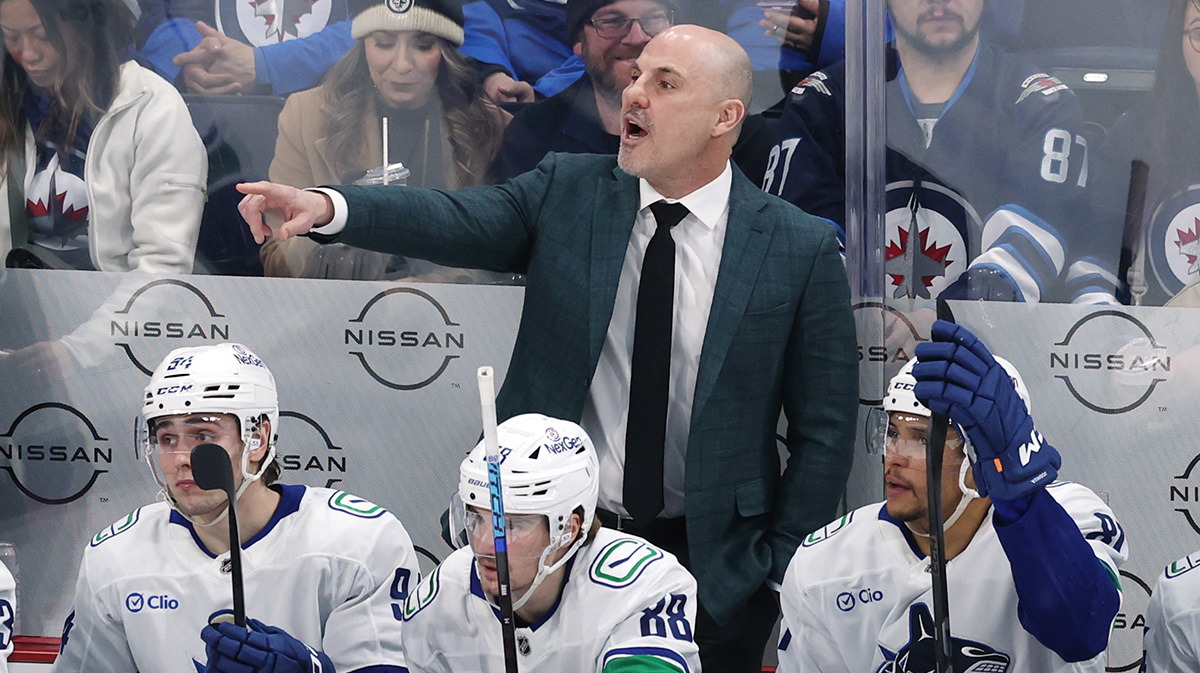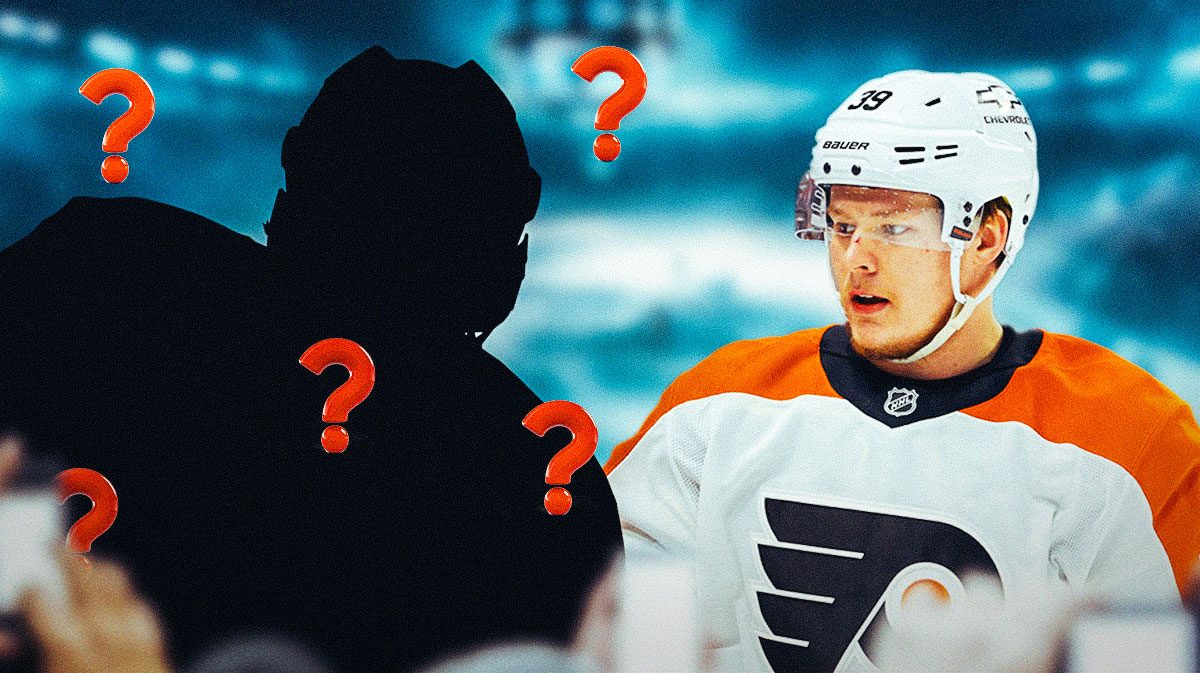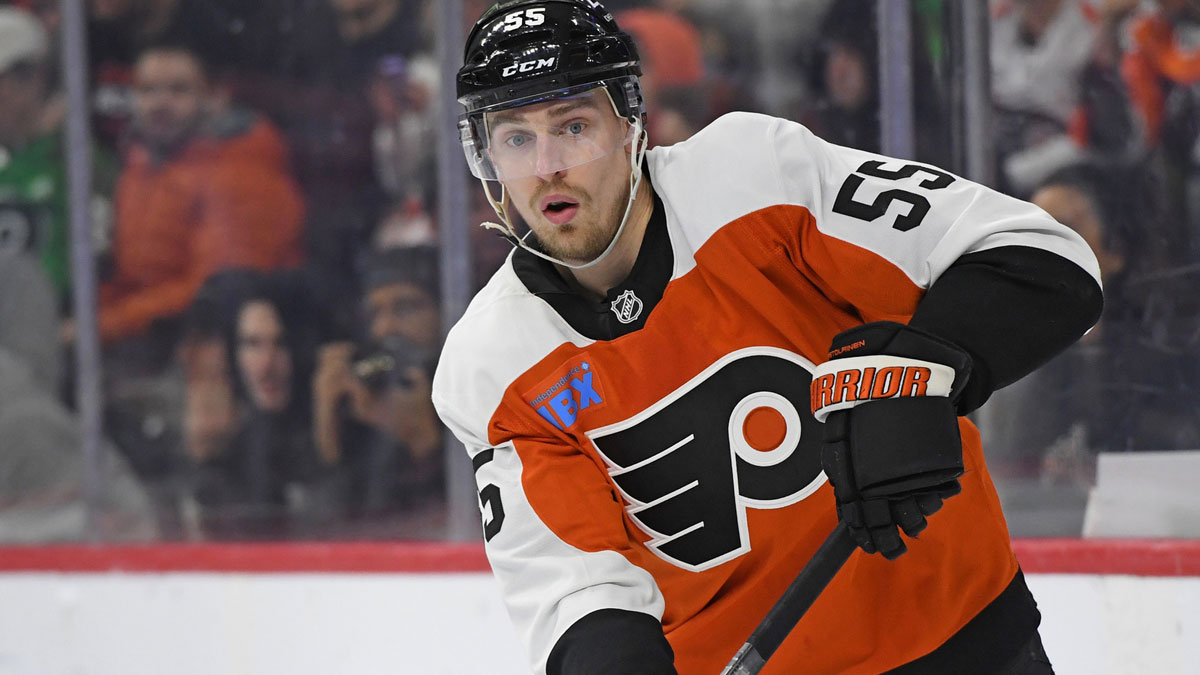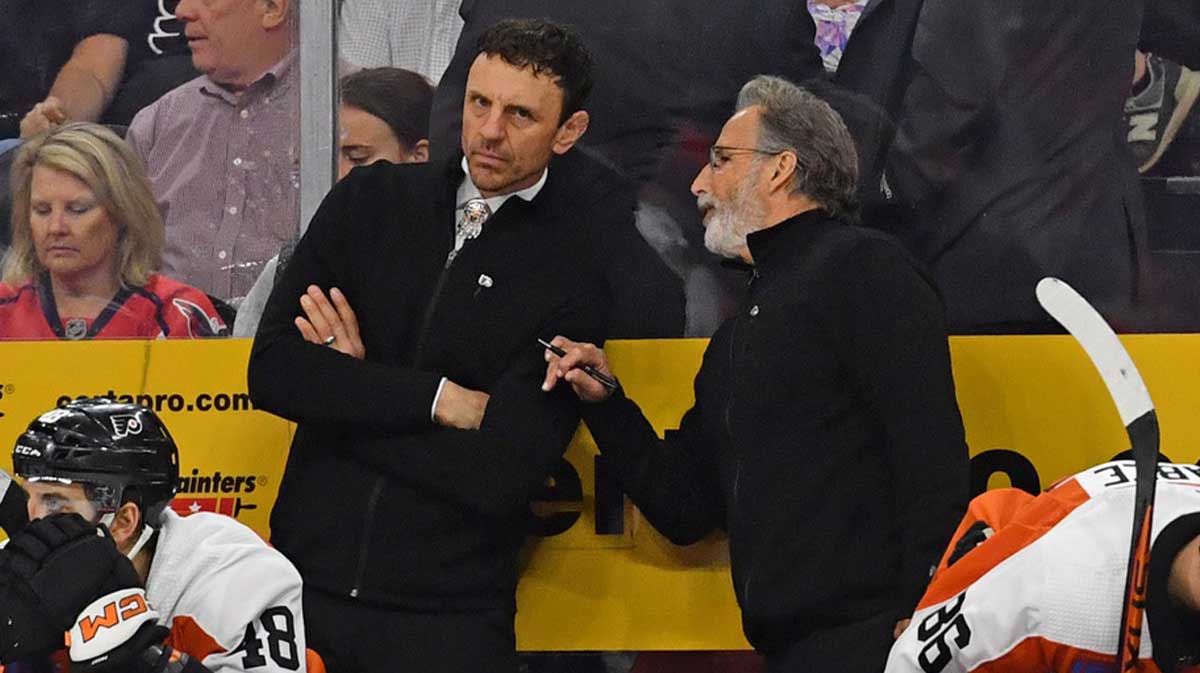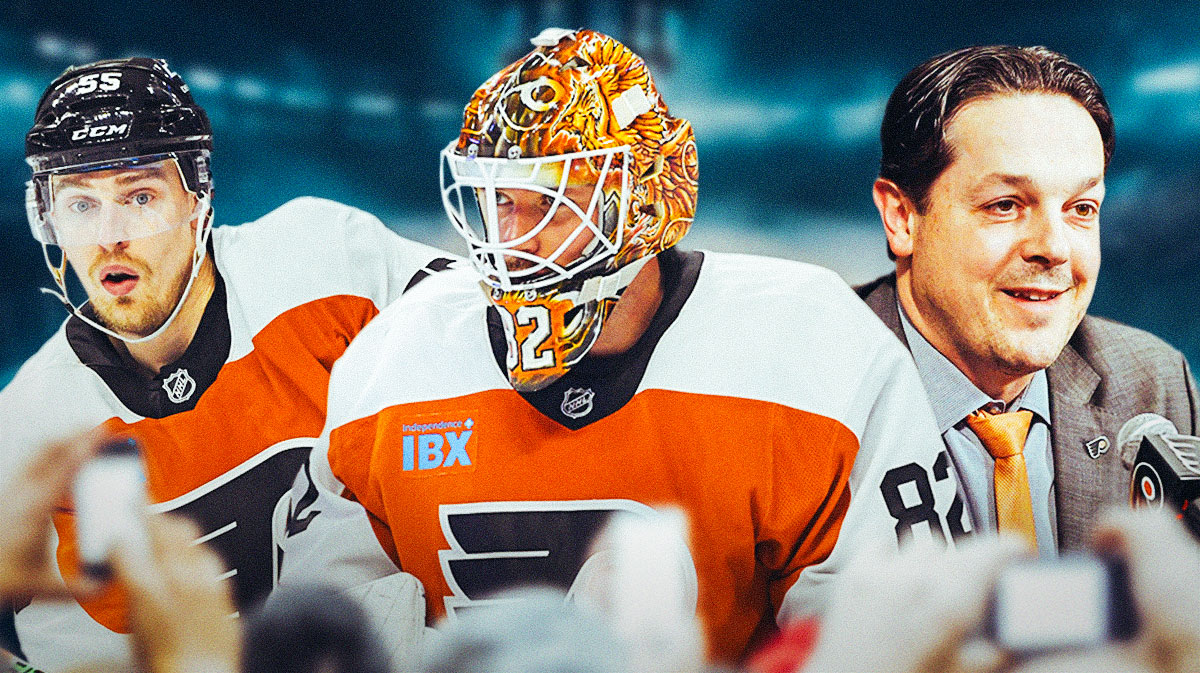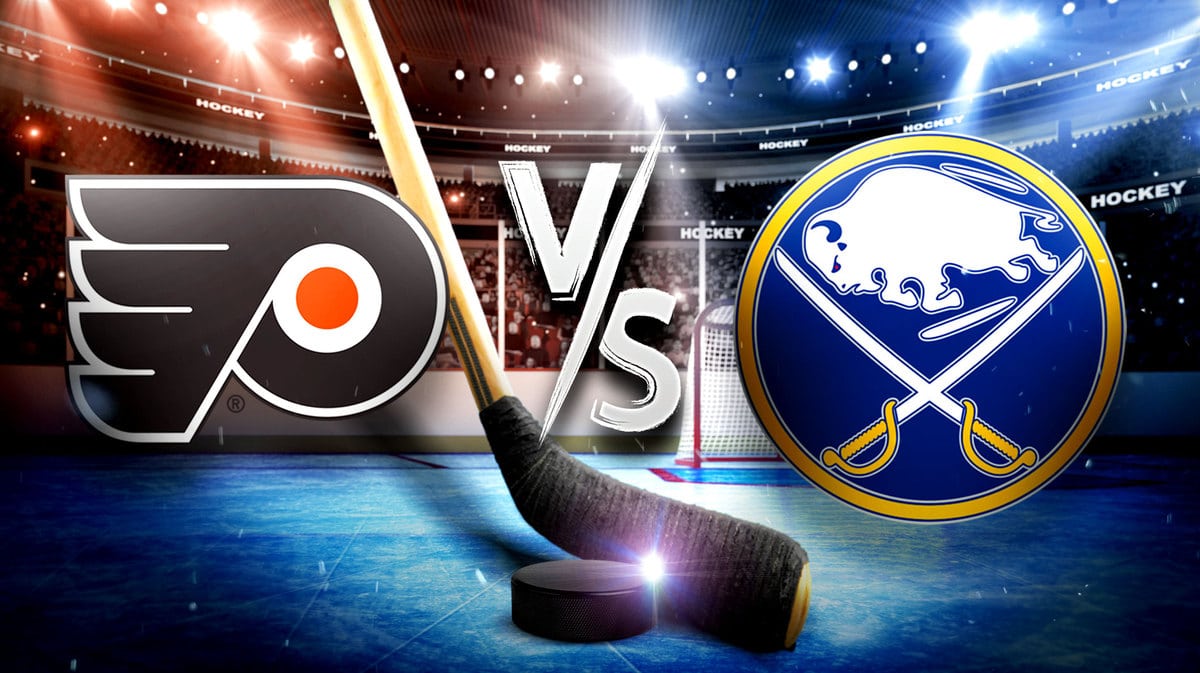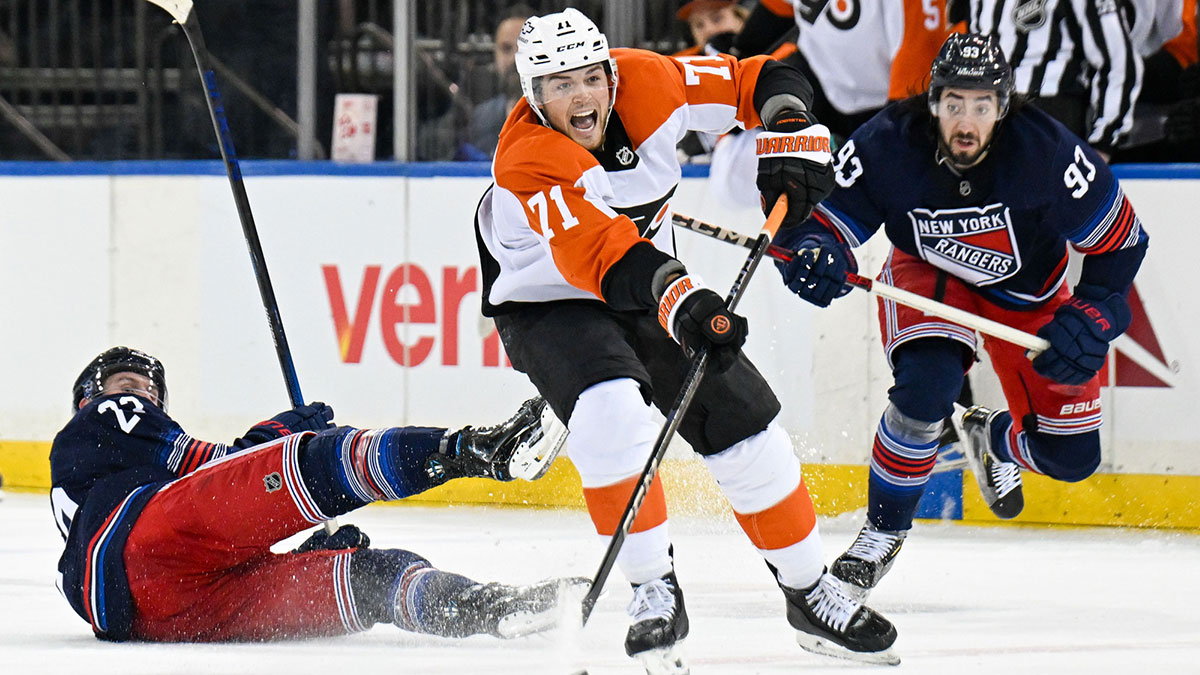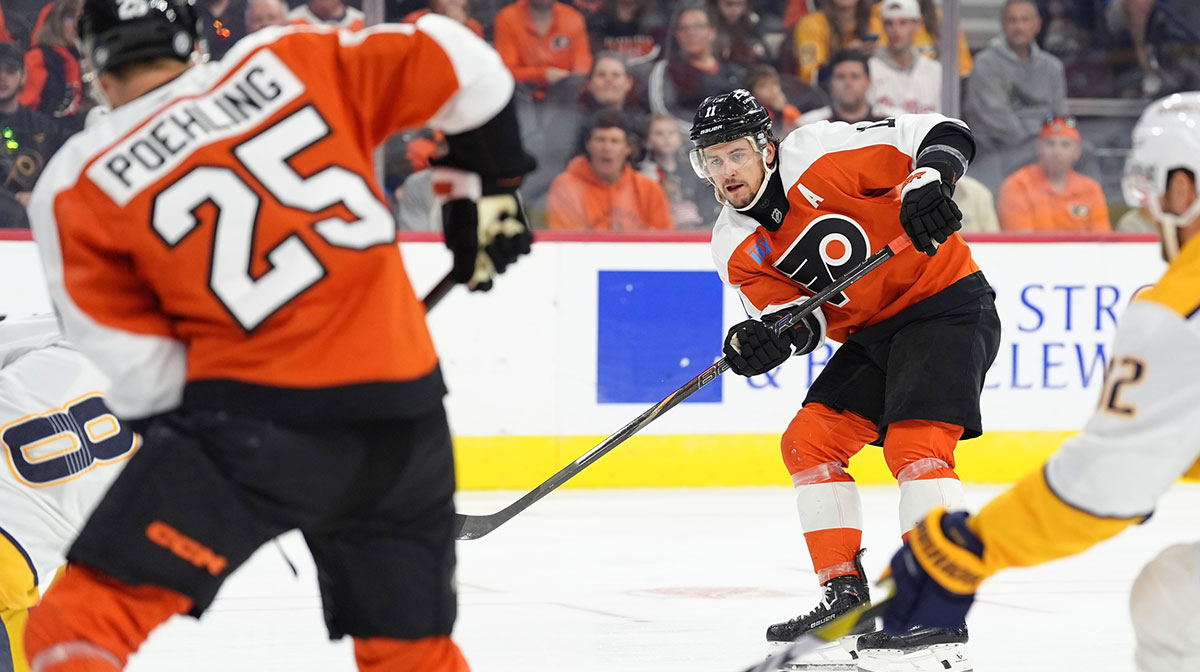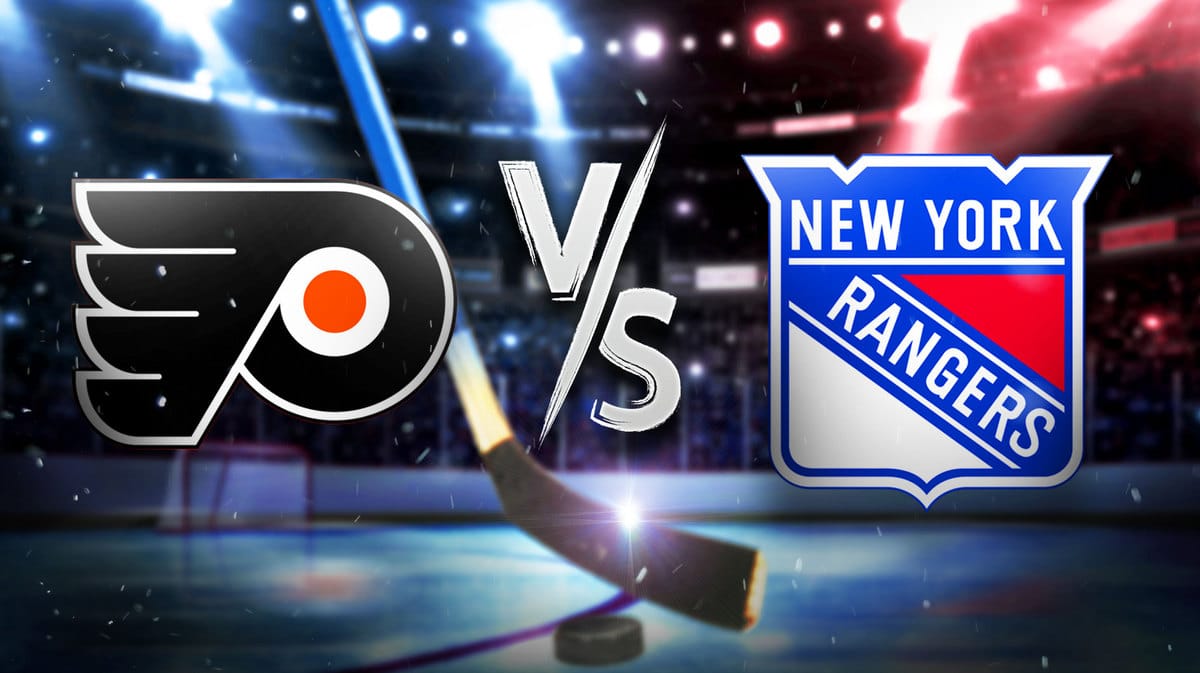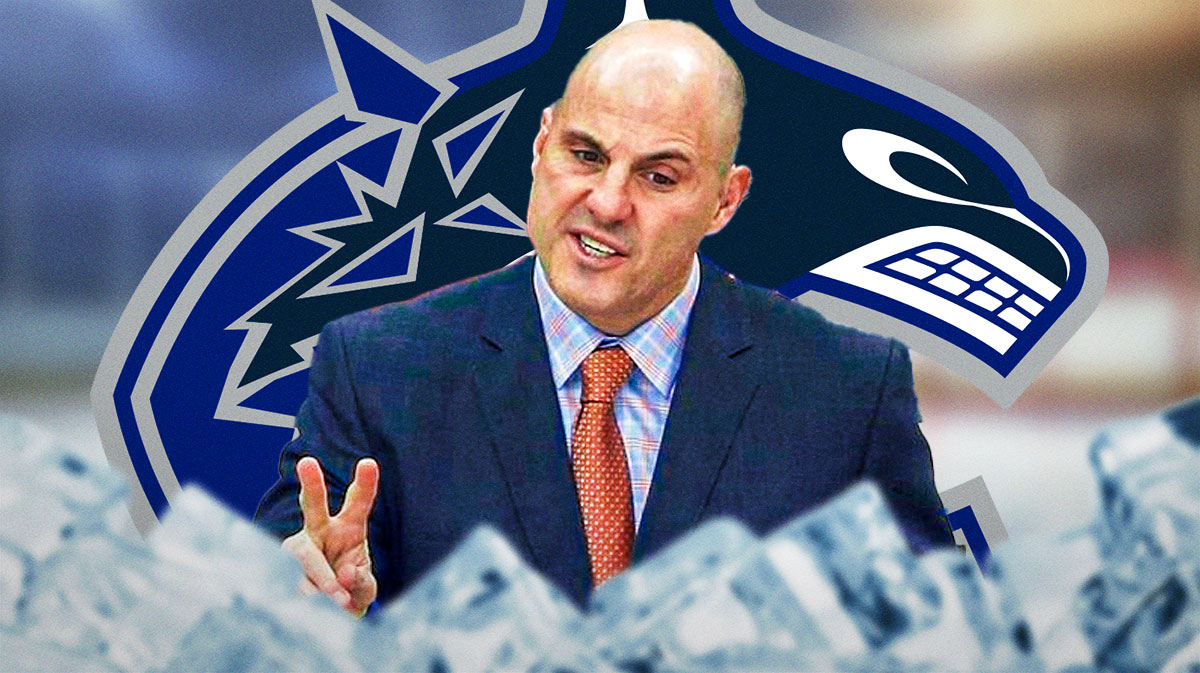After missing the playoffs last season, the Philadelphia Flyers didn't hesitate to make moves over the summer ahead of the 2021-22 campaign. The Flyers were looking for upgrades in a clear effort to compete right now, even if it meant moving key future assets. However, after a disappointing start to a season in which they're sitting at just a 13-13-6 record and have fired head coach Alain Vigneault, many of their offseason gambles seem to have backfired.
Starting with the decent moves, acquiring Cam Atkinson for Jakub Voracek has worked out alright for the Flyers. So far, Atkinson has 12 goals compared to Voracek's single tally, though he has also registered just 12 assists compared to Voracek's 22 helpers. Overall, the deal has worked out fine.
The team also signed Derick Brassard to a one-year contract, and he has produced well, scoring four goals and 11 points in 18 games. Given that he's making just $825,000, there's not much to complain about there.
Looking at some of the other moves, though, especially the more substantial ones, and things go downhill quickly.
*Watch NHL games LIVE with fuboTV (click for free trial)*
The Flyers' trade for Rasmus Ristolainen was possibly the organization's largest one of the summer, as they gave up the 14th overall pick in the 2021 draft, a second-round pick in 2023 and defenseman Robert Hagg. Ristolainen's production has dropped this year with just a single goal and eight points in 30 games. While that's an issue, just consider the package the Flyers gave up for the position they're in. If Philadelphia was cruising near the top of the Metropolitan Division and looked poised to legitimately contend this season, the trade would be at least somewhat more justifiable. Right now, however, the Flyers are a team that could miss the postseason and gave up multiple key assets for a defender who isn't producing and is on an expiring contract.
Now, the Flyers basically have three options with Ristolainen. One option would be to likely overpay him on a new contract and risk a cap situation that could continue preventing them from competing going forward. Another would be to trade him at the deadline to recoup some assets, even though the return would likely be substantially less than what they gave up for half a season of his services. Lastly, they could keep him, hope to somehow sneak into the playoffs and make a run with him on the roster, and then let him walk at the end of the season. None of those options sound great.
The other factor to consider is that in creating cap space, which was essentially used to bring in Ristolainen, Philadelphia gave up assets to get Shayne Gostisbehere's contract off the books. Gostisbehere was sent to the Arizona Coyotes, along with a second-round pick in this year's draft and a seventh-round pick, where he has had a huge impact so far. Gostisbehere is playing more minutes for Arizona than any player on the team other than Jakob Chychrun and already has five goals and 20 assists in 30 games.
So for those keeping track, the Flyers basically gave up a first-round pick, two second-round picks, a seventh-round pick and Robert Hagg, just in order to swap Shayne Gostisbehere for possibly only a year of Rasmus Ristolainen.
Article Continues BelowOn the basis of competing right now, the Flyers also acquired defenseman Ryan Ellis from the Nashville Predators. While dealing away Nolan Patrick and defenseman Philippe Myers was manageable and neither has had any significant success with their new teams anyways (though both are still fairly young), Ellis has suited up for just four games with the Flyers this season.
While Ellis is a great defenseman, he has had pretty notable injury trouble over the last five years, keeping him out for long stretches of action. This meant acquiring him was a bit of a risk, considering his contract will be on the books until 2027 and he's now 31 years old. While he'll play a key role with the team when he's healthy, if the Flyers decide they can't contend right now and do start to move some pieces, they'll still be tied up with a defender in his 30s who has a history of injury trouble, a huge amount of term remaining on his deal and a decent-sized cap hit.
Moving on to signings, the Flyers also brought in defenseman Keith Yandle, as well as goaltender Martin Jones. Considering the Flyers led the league in goals against last season, both additions seemed somewhat counterproductive.
Keith Yandle was signed after being bought out by the Florida Panthers. While he has provided some offense as expected, he has still been a defensive liability. He has to play in an extremely sheltered, offensive role, which just puts stress on other defenders to take on difficult matchups.
Martin Jones was brought in to help solidify the team's situation in net after being bought out by the San Jose Sharks. While Jones has performed better in Philadelphia than his three straight seasons of an .896 save percentage with the Sharks, he has still registered just a .906 save percentage with the Flyers.
The issue with Jones is that he's wildly inconsistent. While he can steal a game here and there, he's just as likely to be a factor in a loss. The idea of adding him in order to stabilize a goaltending situation was flawed from the beginning. While he has actually been alright overall, he has still shown a lack of consistency in Philadelphia.
The Flyers took some big risks in the offseason and, unfortunately, they haven't paid off. After moving many future assets and still sitting outside a playoff spot with quite a bit of ground to make up, the organization appears to be worse off than they were before the moves.

